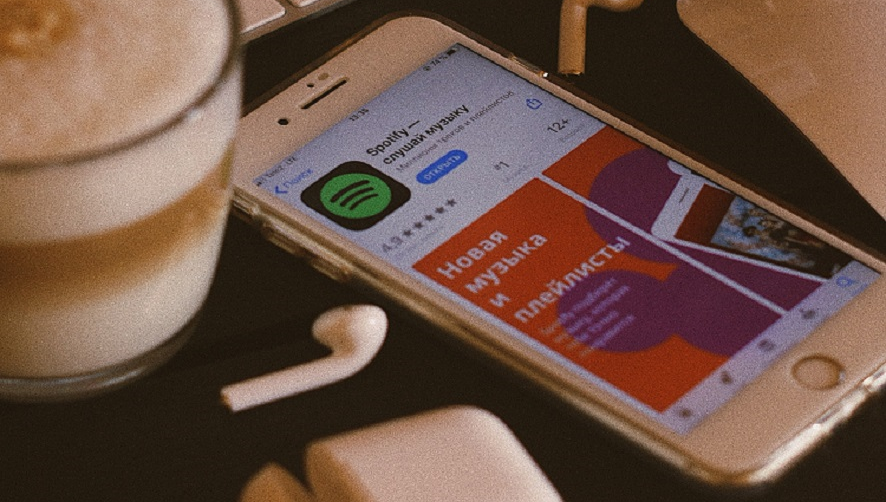For many music lovers, Spotify is the streaming platform of choice. It's 356 million monthly active users are a testament to that. But less than half of this figure are paying subscribers.
The 208 million subscribers who enjoy Spotify for free are prospective Premium subscribers, but how can Spotify convert them to paying customers? Is it time for Spotify to review the features that come for free?
Here are some ways that Spotify could adapt to bring more paying members into the fold.
1. Limit Features Accessible to Free Members
A Premium Spotify account includes better streaming quality, offline downloads, and zero ads. The streaming experience is less seamless for free subscribers, especially on mobile where it's limited to shuffle play, but they still have access to other features like collaborative playlisting, social sharing options, and personalized playlists. On the desktop version, free subscribers can even search for songs of their choice.
Generally, new Spotify features are available to everyone, to the point that free users are unlikely to upgrade if they haven't already. Aside from a need to remove ads or the shuffle limitation, there's not much missing. If more features were to be made exclusive for Premium subscribers and less accessible to free users, there would be more reason to pay.
2. Crack Down on Password Sharing
The Spotify Family Plan is great value for money. It allows six users under the same roof to share one Spotify account at $15.99/month. This is a far more economical choice than paying $9.99/month for individual Premium accounts.
However, this plan can be shared by users in different households. Though it's against the plan's terms, Spotify doesn't do much to crack down on it. Perhaps it should be stricter.
Spotify also doesn't limit the number of devices a Premium account can be linked to, which encourages account sharing. Though we wouldn't want to see this device freedom taken away, Spotify might want to consider cracking down on password sharing.
3. Preload the Spotify App on Devices
Spotify's major competitive disadvantage is that its rivals, Apple and Google, have their apps preloaded on their devices. Humans tend to lean towards options that seem less stressful, and by default, are more inclined to use services that come easily. This is why the average iOS device user is way more likely to subscribe to Apple Music.
Perhaps Spotify could break away from this by taking on partnerships to help get the app preloaded on devices, especially in places where it just has emerging market power, such as Latin America and South Asia.
This way, users are introduced to the free version of the Spotify app as soon as they get a new device. There’s a greater likelihood that they will consider the Spotify streaming service as their default choice.
4. More Adverts for Free Users
As recorded in its 2020 fiscal report, Spotify generated €745 million in ad-supported revenue. But with premium subscriptions pulling in an income of almost €8 billion in the same period, there's no question as to where the money's at.
More or longer ads will work in two ways simultaneously to increase Spotify's revenue. First, it increases the revenue gained through advertising. It then also limits the free experience, giving users a valid cause to switch to the Premium option.
That said, it could risk upsetting those free users—the number of ads is a fine balance before people get annoyed and jump to another service.
More Money for Spotify, a Better Experience for Users
Spotify is an excellent music and podcast streaming service, no matter if you're a free or paid member. That said, it wouldn't be a bad thing for Spotify to try and entice more people to the paid membership, since it helps fund the platform and encourage new feature developments.
Spotify continues to invest heavily in the music industry. No matter what, even if the majority of its members are free, it's here to stay.


